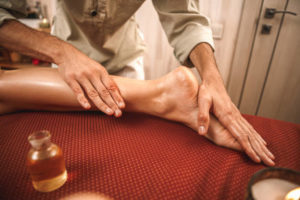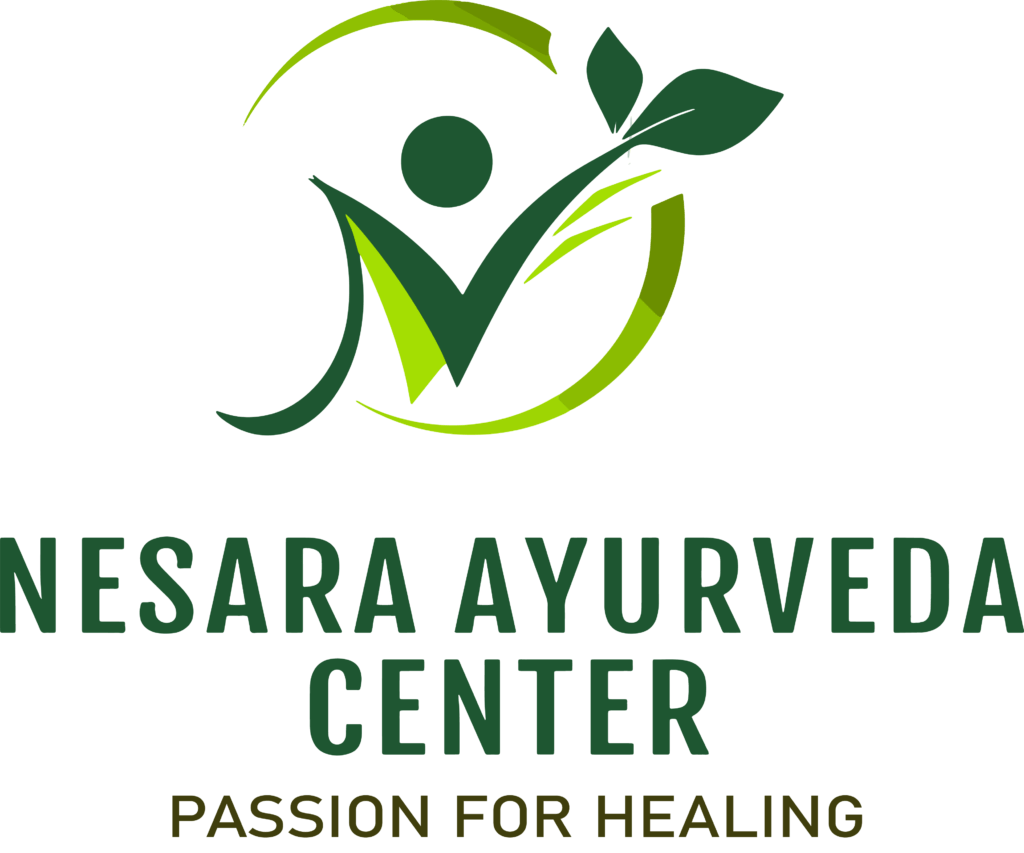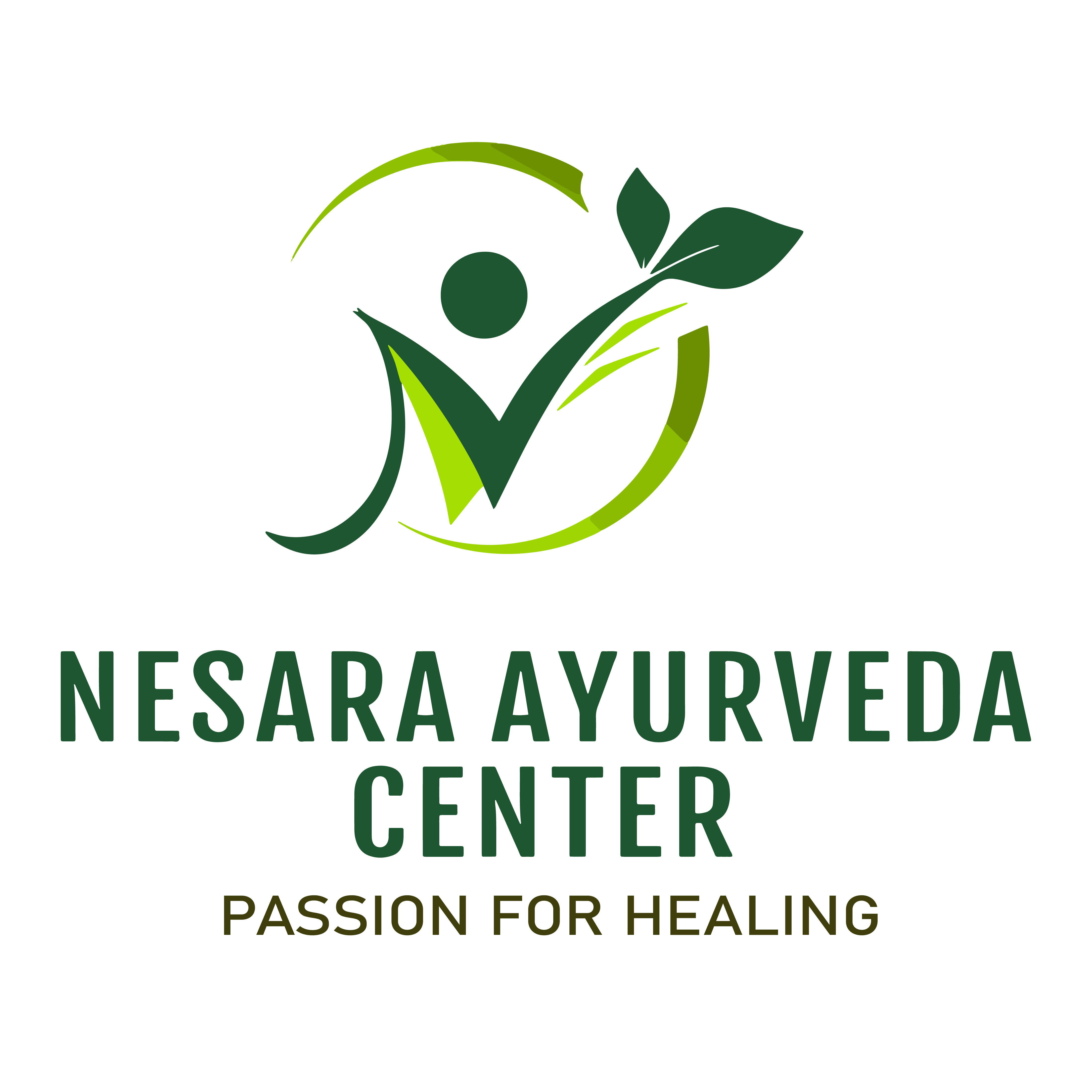Raksha
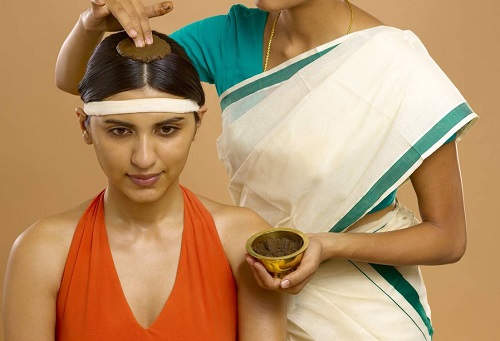
Raksha Ayurveda is a holistic healing system rooted in ancient Indian traditions, focusing on promoting overall well-being and balance through natural remedies and lifestyle practices. This ancient medical science, Ayurveda, seeks to maintain harmony in the body, mind, and spirit by understanding individual constitutions and imbalances.
Key components of Raksha Ayurveda include:
Dosha Analysis :
Understanding an individual's unique constitution (prakriti) and imbalances (vikriti) through the assessment of three primary doshas - Vata, Pitta, and Kapha.
Customized Treatments :
Tailoring treatments and therapies to rebalance doshas and restore harmony in the body, often involving herbal remedies, dietary adjustments, detoxification processes, and lifestyle changes.
Herbal Medicine :
Utilizing a wide array of herbs and natural substances to create personalized medicinal formulations that aid in healing and preventing ailments.
Diet and Nutrition :
Emphasizing the importance of a balanced diet according to one's dosha type to maintain optimal health and prevent disease.
Yoga and Meditation :
Incorporating yoga postures, breathing exercises, and meditation techniques to enhance physical, mental, and spiritual well-being, promoting a holistic approach to health.
Panchakarma Therapy :
Implementing cleansing and rejuvenating therapies like Panchakarma to eliminate toxins from the body and restore the body's natural equilibrium.
Lifestyle Recommendations :
Offering guidance on daily routines, seasonal adjustments, and behavior modifications that align with an individual's dosha to maintain a healthy and balanced lifestyle.
Preventive Therapies - For Musculo - Skeletal And Neurological pain
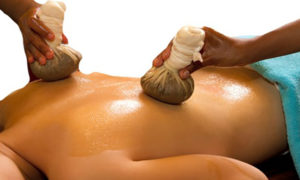
PATRA PINDA SWEDA :
Pinda Sweda refers to the treatment that involves gentel oil massage followed by fomentation to the body using a bolus prepared from variety of medicinal plants/powders(with or without oil application)in combination of other conventional drugs.
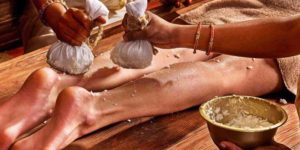
SHASTIKA SHALI PINDA SWEDA/NAVARAKIZHI :
Shashtika Shali Pinda Sweda(also called Navarakizhi)is a type of swedana therapy in which a sweat-inducing massage is given using a preparation containing milk processed with herbs and Navara shali(a special type of rice).It is used to improve muscle strength, Rejuvenates and re-energize the body helps in degenerative joint disorders.
